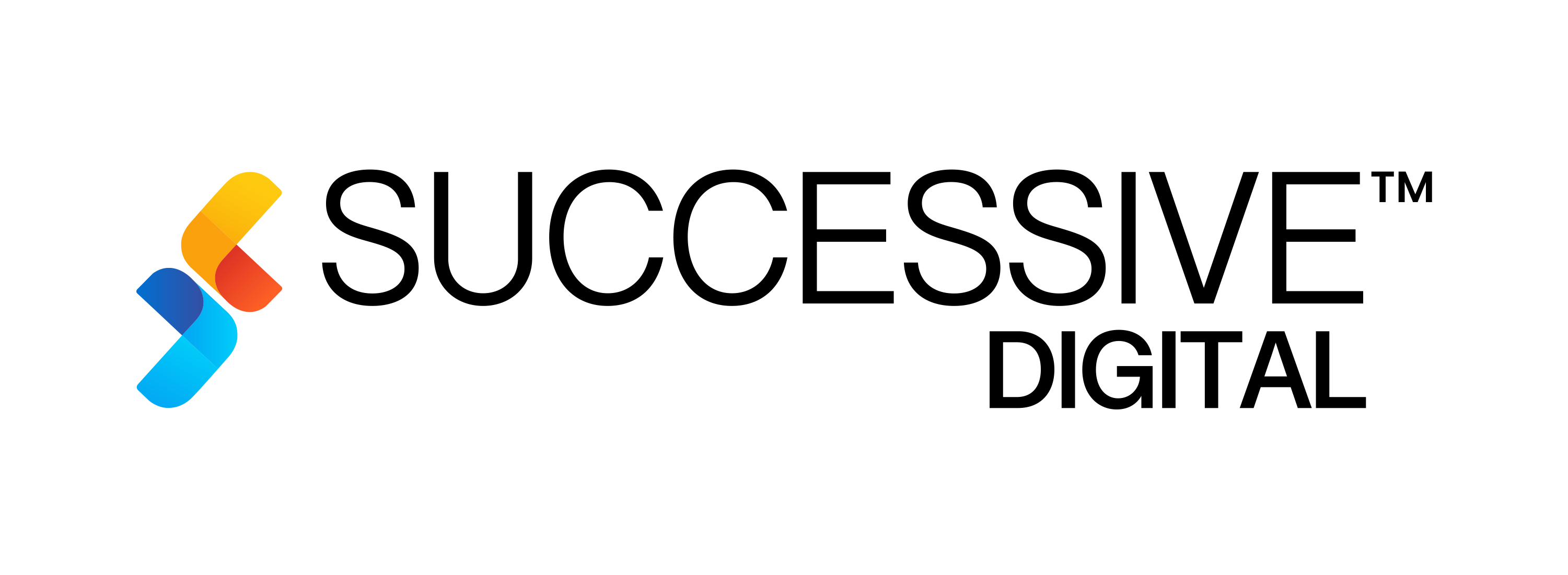COVID 19: Implications for Sustainable Growth
The same boiling water that softens the potato hardens the egg. It’s about what you’re made of, not the circumstances.”
The coronavirus pandemic put organizations all around the world to test in almost every way imaginable. At Successive Technologies too, we struggled to keep our heads above water initially. But we found refuge in the values woven through the fabric of our organization.
However, to sustain such growth amid the COVID-19 crisis, it was essential to prepare, assess risk, build enterprise resilience, maintain liquidity, and ensure employee safety.
So, we followed these few steps during this pandemic:
1. Prioritize people and partnerships over processes and profits.
At Successive, we value each member’s opinion. So, we’ve been organizing surveys and internal polls during this pandemic to gauge opinions on appraisals, WFH, office reopening, and other company policies.
We understand that this is a stressful time and hence, have advised managers to interact with team members on a personal level to keep them motivated. Our HR department has been organizing activities and wellbeing programs on a weekly basis to boost company morale.
At Successive, we have a ‘credit where credit is due’ ideology. So, when we observed our office staff work with utmost dedication and sincerity during this tough period, we acknowledged their efforts by giving rewards and special recognition.
However, all said and done, we wanted our team members to thrive and grow even in a remote work environment. So, we have been offering e-learning opportunities and organizing hackathons to maintain engagement and keep them updated with the latest technologies.
2. Align all operations to health and safety guidelines.
We understand that health cannot be compromised upon. Once we reopen our offices, we will ensure we create a safe working environment for our employees.
We will follow the government and WHO guidelines to prevent the spread of COVID-19. Our offices will be fumigated regularly, and touch-free sanitizer dispensers will be installed in every room. People will be asked to join the office in person only in emergency situations. They will be screened at entry with pulse oximeters and infrared thermometers, and masks will be made mandatory.
We will ensure that the office strength does not exceed 30% at any point to reduce overall workplace density. Large internal gatherings, domestic and international business trips will be avoided, and most meetings will be conducted online.
Most importantly, we will ensure that our entire staff registers on the contact tracing app that we have developed in the context of COVID-19. This will help us ensure that all those who are or have been in the vicinity of an infected individual are home-quarantined for at least 15 days.
3. Revise forecasts and redefine business strategies.
The pandemic has had a huge impact on consumer behavior and demand. So we had to tweak our business approach accordingly and reorganize our teams. It was important to be realistic about what our revenue and profits would look like at the end of the year. This helped us prepare an effective business continuity and disaster recovery plan. We realized that preparing for the present did not suffice anymore; it was also crucial to predict future market trends, challenges, and risks.
4. Assess liquidity requirements and restructure financial models.
In crisis situations like these, it is essential to prepare for financial risks. So, we monitored our operating costs, curtailed non-essential expenses, and stress-tested our financial plans.
Consultation with financial experts also provided an insight into how we should restructure our budgets. We also evaluated short-term liquidity, audited cash flow statements, and capital expenditures, so that we don’t end up in any pay cuts or delayed salaries or bonuses for our employees.
5. Plan for infrastructure, cyber, and communication risks.
One of the first things we did was provide sufficient IT support for our employees during this lockdown for the proper functioning of our corporate systems. We ensured they had good laptops, internet connection, and power backup options at their homes so they could log in easily from anywhere, anytime. We leveraged data security, cloud computing, and other technologies to deliver projects and fulfill client expectations. Maintaining high standards of cyber-security and avoiding technical breaches was also of utmost importance.
Another challenge that remote work poses is communication. So, we decided to use the same teleconferencing platform throughout the organization for uniformity.
6. Connect, converse, and negotiate with stakeholders.
Given the delicacy of the situation, we knew it was only natural for our clients, employees, and other stakeholders to have concerns and questions. We made and are making conscious efforts to communicate with them in an open, honest manner with absolute transparency.
We have been responding promptly to any changes they desire and are trying to rebuild their confidence one step at a time. We prepared backup plans to reinstate their faith in us and took steps to streamline processes such as payroll, insurance, and performance appraisals.
Due to the coronavirus pandemic, ‘volatility’ is a word that the business world has become intimately familiar with. At Successive Technologies, we are becoming more proactive with each day and learning how to de-risk our organization.
Now, we do not guess; we predict. We do not handle or tackle; we prioritize. And lastly, we do not bear or face; we adapt – to change, to situations, and to this ‘new normal’.








